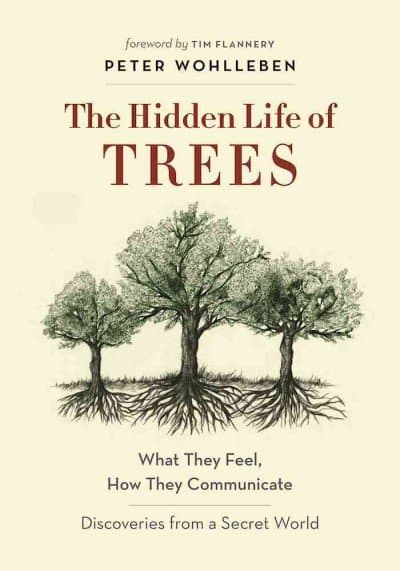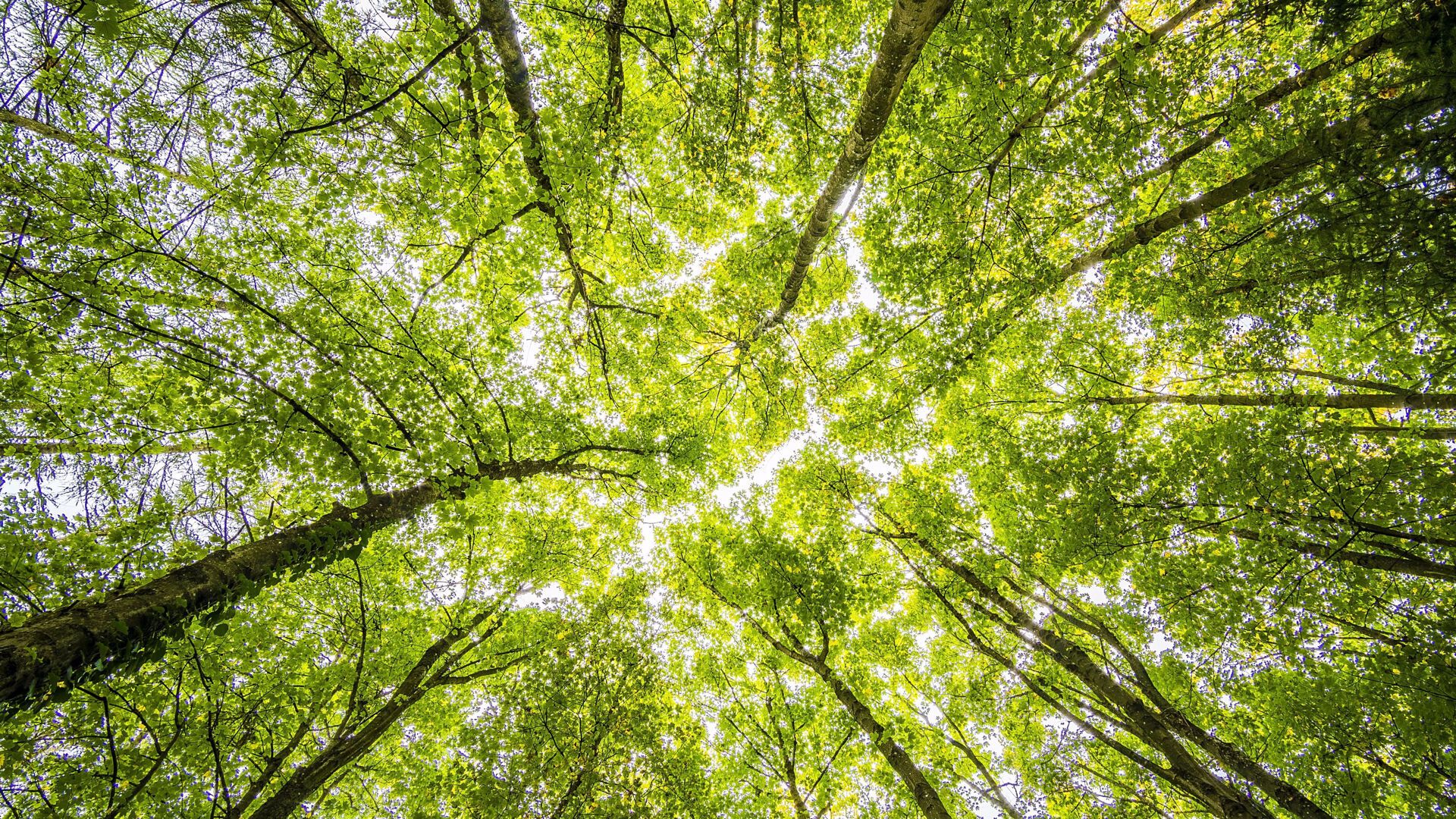The Hidden Life of Trees (and Churches)

I picked up a book on vacation: The Hidden Life of Trees: What They Feel, How They Communicate―Discoveries from A Secret World. I was camping in a forest, so it seemed like an appropriate book to read.
I learned a lot. I’ve never given much thought to trees. “It seems to us that trees are static beings, only slightly more active than rocks.” The main reason for this view, according to the book, isn’t that trees don’t do anything. It’s that their timeline is much slower than ours.
The main reason we misunderstand trees … is that they are so incredibly slow. Their childhood and youth last ten times as long as ours. Their complete life-span is at least five times as long as ours. Active movements such as unfurling leaves or growing new shoots take weeks or even months.

The book describes what happens when tourists visit a national park that hasn’t yet had time to grow. “They are expecting to take a walk in what is supposedly an intact forest, and instead of seeing healthy green growth, they encounter a series of hillsides completely covered in dead trees.” They’re unhappy, so parks respond by cutting down the dead trees, short-circuiting what’s needed to grow a healthy forest. If you want the forest to become what the tourists expect, you’d better be patient. It’s going to take up to 500 years. “Few changes are noticeable in a person’s lifetime.”
Surprisingly, it’s not good for a tree to grow too quickly. “Scientists have determined that slow growth when the tree is young is a prerequisite if a tree is to live to a ripe old age.” Trees that grow slowly are more flexible and disease-resistant. For a tree, slow growth is the best growth.
Slow Growth Is Normally the Best Growth
Friends recently told me of the first missionaries to Korea. Many of them lived and served for years without seeing any results. Robert Jermain Thomas, for instance, was killed in his second year as a missionary. Some of his Bibles, though, were recovered from a riverbank and used as wallpaper. People began to read the gospel for themselves. “It wasn’t until 20 years after the death of Robert Jermain Thomas that the first Korean convert was baptized, and a year later, in 1887, there were only seven Korean converts. But the church grew very rapidly after that.”
Thomas may have seen his ministry as a failure. No matter. It was simply too soon to measure by the time of his death. Some ministries that look impressive in the short-term make no lasting difference. Other ministries that look slow and unimpressive bear lasting fruit.
Don’t get me wrong. I long for revival, and I realize that God sometimes grows a ministry more quickly than we’d expect.
Ordinarily, though, slow growth is the best growth. Our problem isn’t that we’re too patient. We are in too much of a rush, attempting to microwave what needs to be slow-cooked, anxious to weigh fruit that hasn’t yet ripened. We love stories about dramatic growth and ignore stories of faithfulness over a long period of time.
Don’t measure in weeks what God measures in decades or even centuries. “Do not pronounce judgment before the time, before the Lord comes” (1 Corinthians 4:5). On the day that matters, some things we thought were failures will be judged successes, and some things we thought were successes will be judged as failures. God will judge in his time by his standards.






